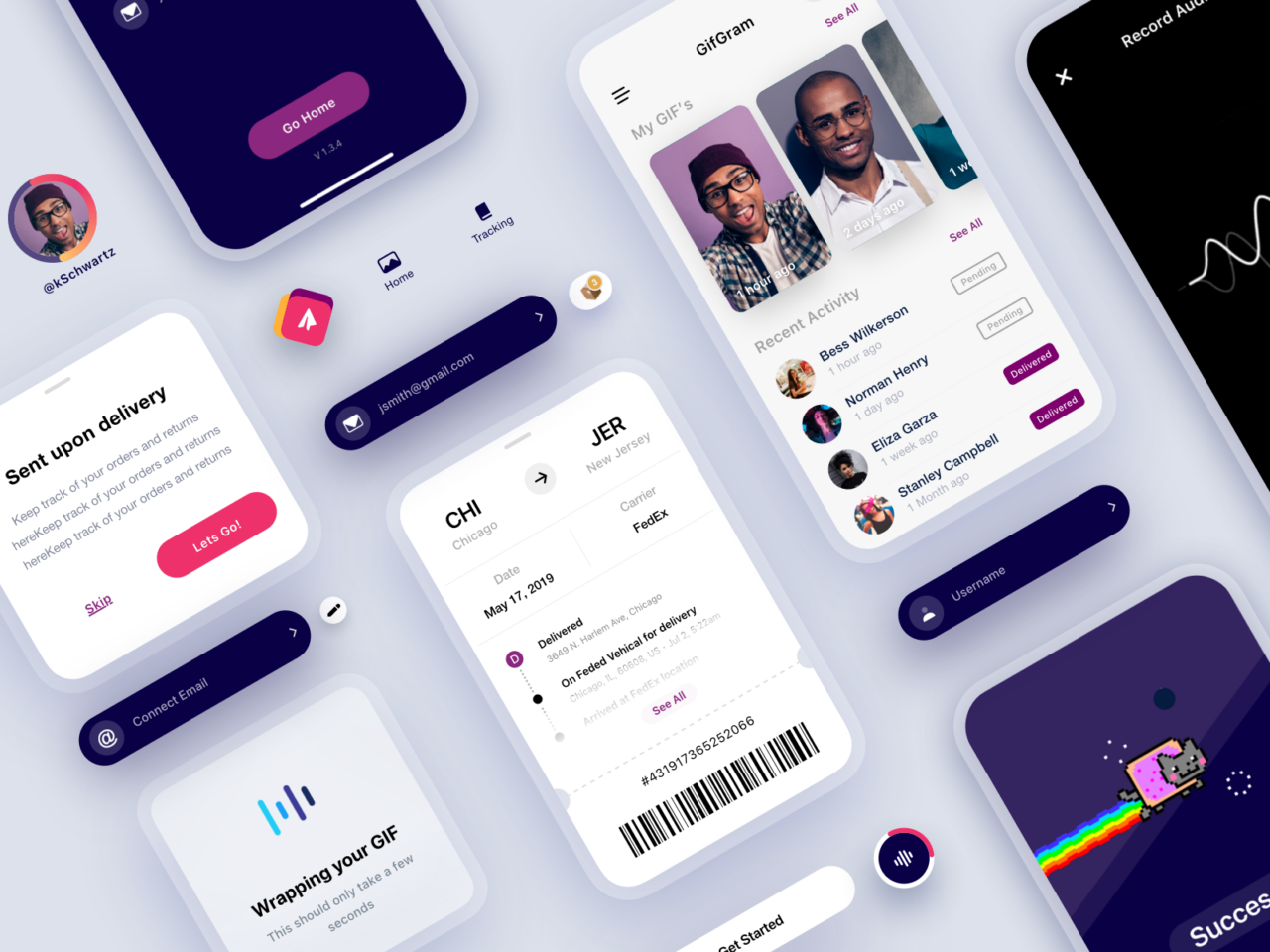Before we dive in, a quick crash course on components used by UI/UX designers. Design components are essentially building blocks created by design teams that can be used to craft the UI/UX for various flows, screens, and elements within a mobile app or web app. Design components play a pivotal role in enhancing collaboration and efficiency within design and development teams. Building a centralized repository of reusable components streamlines the design process, ensuring consistency across projects. This consistency is imperative for maintaining a cohesive design language across one product or a suite of products, which ultimately contributes to a more polished and professional product; not to mention an optimal end user experience.
Design components facilitate seamless collaboration between designers and developers. Through leveraging shared libraries in Figma, along with design tokens (we’ll explain tokens in a future post), designers can create and update components in real-time, allowing developers to access the latest design assets instantly. This eliminates the need for manual handoffs and reduces the inherent and common risk of inconsistencies between design and code.
Additionally, design components promote efficiency by enabling rapid iteration and prototyping. Designers can quickly assemble UI layouts by dragging and dropping pre-built components, speeding up the design iteration process; allowing teams to align on the best experience possible in the shortest amount of time. This is especially valuable in agile development environments, where quick feedback and iteration are key to success.
The efficiencies to be had from components grows exponentially with larger organizations. As projects grow in complexity, having a centralized library of reusable components simplifies the management of design assets; promoting scalability and maintainability. Designers can easily update components globally, ensuring that changes are reflected consistently across all instances.
Overall, design components drive efficiencies within design and development teams by streamlining the design process, fostering collaboration, promoting rapid iteration, and ensuring consistency and scalability. By leveraging design components effectively, teams can deliver high-quality products more efficiently and effectively, ultimately driving success in software development endeavors.


